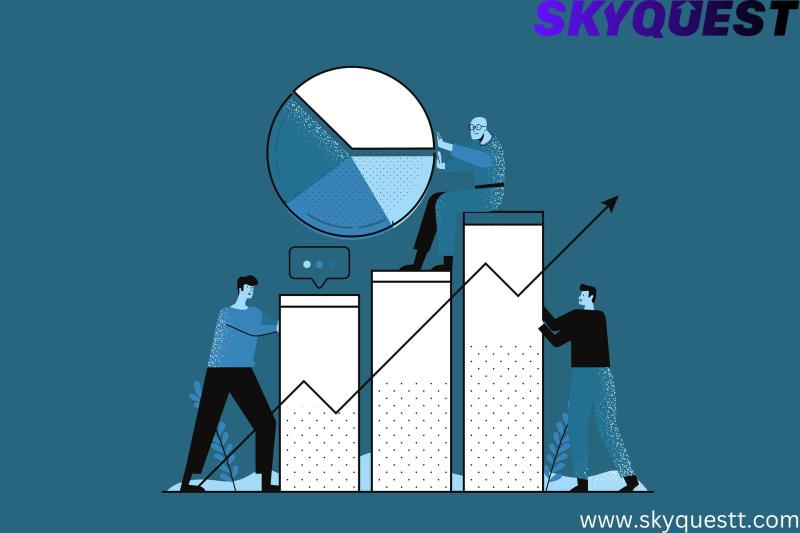Smart Agriculture Market Forecast 2025-2032: AI, IoT, and Automation Transforming the Industry
is revolutionizing the agricultural sector by increasing productivity and efficiency. The integration of data analytics and sensors allows farmers to make informed decisions in real-time. The adoption of smart agriculture practices helps in optimizing resource utilization and reducing environmental impact. With the rising global population, the demand for innovative solutions in agriculture is expected to drive the growth of the smart agriculture market.

Smart Agriculture Market Forecast 2025-2032: AI, IoT, and Automation Transforming the Industry
Smart Agriculture Market size is poised to grow from USD 15.7 billion in 2024 to USD 32.45 billion by 2032, growing at a CAGR of 9.5% during the forecast period (2025-2032). Smart agriculture, utilizing technologies such as IoT, AI, drones, and automated machinery, is transforming farming practices by improving efficiency, sustainability, and productivity. These technologies enable data-driven decisions that reduce resource use and increase crop yields, making them essential to meet the growing global food demand. This growth is driven by increasing food demand, technological advancements, and the need for sustainable farming practices.
Smart Agriculture Market Segment Analysis:
By Component: Hardware (sensors, GPS systems, drones) dominates the market, with the software segment growing due to the increasing demand for farm management software and data analytics tools.
By Application: Key applications include crop monitoring, irrigation management, livestock monitoring, and precision farming. Crop monitoring is expected to hold the largest market share.
By Region: North America currently leads the market due to early adoption, while the Asia Pacific region is expected to experience the highest growth rate, driven by adoption in countries like China and India.
Key Drivers of Smart Agriculture Market Growth:
- Rising Global Population: As the world's population grows, food demand increases. By 2050, the global population will exceed 9.7 billion, necessitating the adoption of technologies to boost food production and reduce waste.
- Technological Advancements: AI, machine learning, and remote sensing technologies allow farmers to automate processes, predict crop performance, and identify issues before they escalate, enhancing productivity.
- Sustainability and Environmental Impact: Smart agriculture helps reduce resource waste by enabling precise use of water, fertilizers, and pesticides, promoting environmentally friendly farming practices.
- IoT and Data Analytics: IoT devices and sensors provide real-time data that aid in decision-making for irrigation, pest control, and fertilization, improving yield while minimizing resource consumption.
Smart Agriculture Market Competitive Landscape:
The smart agriculture market is competitive, with major players such as:
- John Deere & Company: Known for precision farming equipment.
- AG Leader Technology: Offers crop management software and hardware.
- Trimble Inc.: Provides GPS systems and automated machinery.
- Bayer CropScience: Focuses on precision farming and biotechnology.
- Valmont Industries: Specializes in smart irrigation systems.
Smart Agriculture Market Trends and Opportunities:
- Autonomous Farming Equipment: Autonomous tractors and drones are set to revolutionize farming by automating labor-intensive tasks, improving efficiency, and reducing human labor dependency.
- AI and Machine Learning: AI and ML will play a significant role in predictive analytics, disease detection, and optimizing farm operations, enhancing crop yields and resource management.
- Vertical Farming: As land becomes limited, vertical farming combined with smart technologies will optimize growing conditions in controlled environments, improving productivity and sustainability.
- Blockchain for Traceability: Blockchain will provide transparency and security in agricultural supply chains, ensuring food safety and sustainability, further driving smart agriculture adoption.
Smart Agriculture Market Future Outlook:
The smart agriculture market is poised for substantial growth, driven by technological advancements, the need for sustainable farming practices, and increasing food demand. By adopting innovative solutions, stakeholders can capitalize on this evolving market. Whether you're a farmer looking to boost productivity or a technology provider seeking new opportunities, the smart agriculture sector offers immense potential for growth. Act Now: Explore the future of farming by investing in smart agriculture technologies today. Embrace innovation to stay ahead of the curve in this rapidly evolving market!

